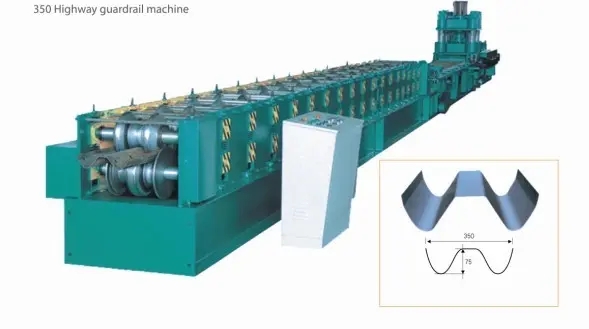
The Modern Cable Tray Production Line An Overview
In today's industrial landscape, the importance of efficient cable management cannot be overstated. A well-designed cable tray system not only enhances the safety and organization of electrical installations but also contributes to the longevity and reliability of electrical systems. The production of cable trays is a sophisticated process that integrates advanced technology, quality control, and innovative design to meet the diverse needs of various industries. This article delves into the intricacies of the modern cable tray production line, highlighting its components, processes, and the trends shaping the industry.
Components of the Cable Tray Production Line
The cable tray production line typically consists of several key components, each playing a crucial role in the manufacturing process. It begins with raw material handling, where high-quality steel, aluminum, or fiberglass is sourced and prepared for processing. The choice of material often depends on the specific requirements of the end product, including load capacity, environmental resilience, and electrical conductivity.
Following material preparation, the next stage involves cutting, bending, and forming the raw material into the desired shapes. Automated machinery, such as CNC (Computer Numerical Control) machines, is commonly employed to ensure precision and efficiency during this phase. These machines can produce intricate designs with minimal waste, enabling manufacturers to optimize their resources.
Once the components have been shaped, they undergo surface treatment processes, which may include galvanization or powder coating. These treatments not only enhance the aesthetic appeal of the trays but also provide protection against corrosion and environmental factors, extending their lifespan.
Assembly and Quality Control
The assembly process is where the various components come together to form complete cable trays. This stage often involves manual labor, where skilled workers assemble the trays according to specific design specifications. It is vital that the assembly process adheres to strict quality control standards to ensure the durability and functionality of the final product.

Quality control checks are implemented at multiple points throughout the production line. Manufacturers often use advanced testing equipment to assess the strength, load capacity, and finish of the trays. These stringent quality assessments ensure that the trays meet industry standards and regulations, providing peace of mind to customers who rely on these products for critical electrical installations.
Trends in Cable Tray Production
As the demand for efficient and sustainable cable management solutions grows, several trends are emerging in the cable tray production industry. One significant trend is the adoption of eco-friendly materials and processes. Manufacturers are increasingly exploring alternatives to traditional metals, such as recycled materials and biocomposite options, to minimize their environmental footprint.
Moreover, automation and Industry 4.0 technologies are transforming the production landscape. Robotics and machine learning are being integrated into cable tray production lines, enhancing precision, reducing labor costs, and increasing overall productivity. These innovations enable manufacturers to quickly adapt to changing market demands while maintaining high-quality outputs.
Additionally, customization has become a key focus area. With the rise of specialized applications across various industries, manufacturers are offering custom-designed cable trays tailored to specific needs. This flexibility not only enhances customer satisfaction but also sets manufacturers apart in a competitive market.
Conclusion
The cable tray production line is a complex yet highly efficient operation that reflects the evolving demands of modern industries. By leveraging advanced technologies, adhering to stringent quality control measures, and embracing sustainable practices, cable tray manufacturers are positioning themselves for success in a dynamic marketplace. As electrical installations continue to grow in importance across sectors, the role of cable trays will remain indispensable, underscoring the significance of their production processes in ensuring safety, efficiency, and reliability.